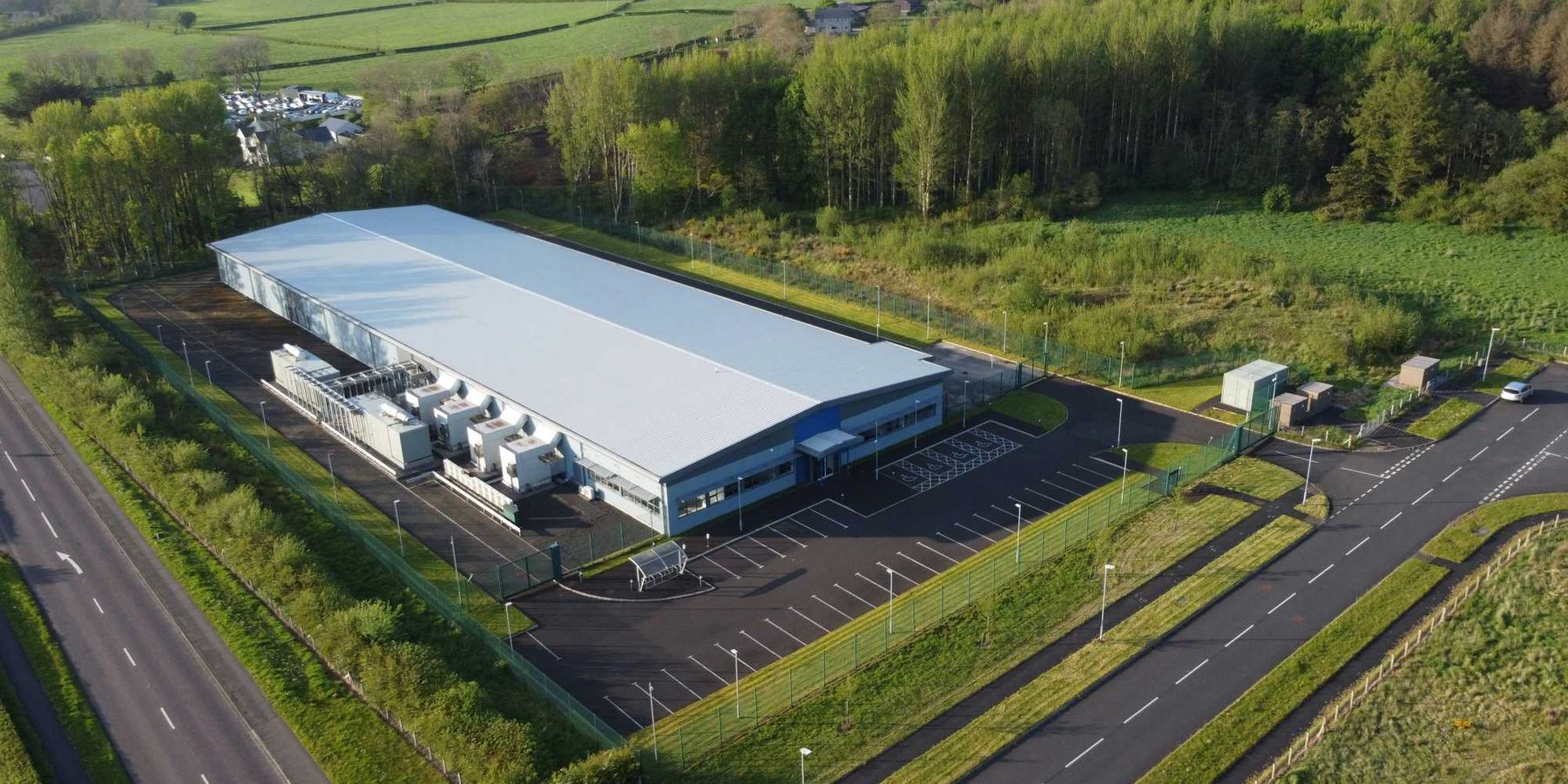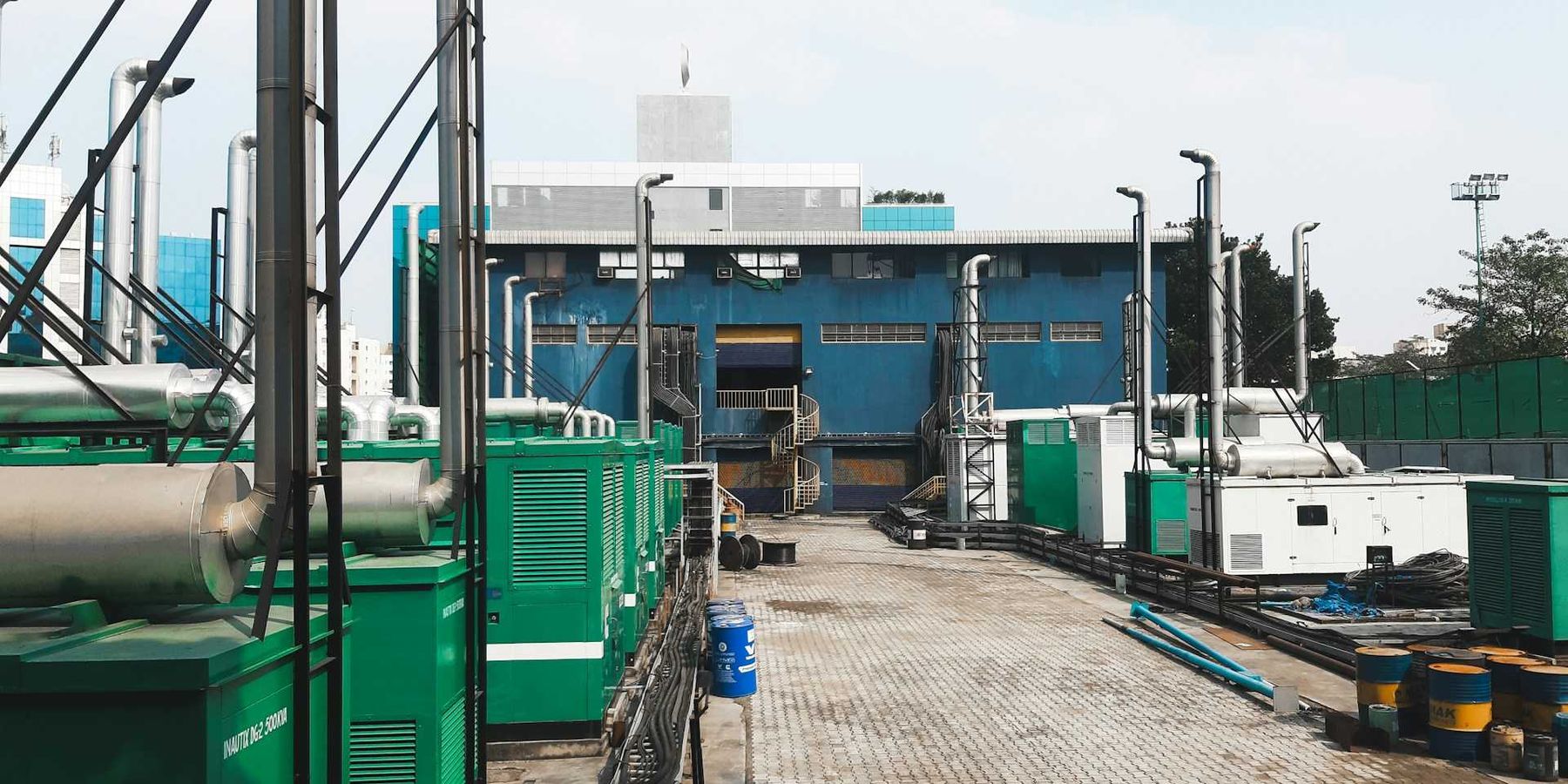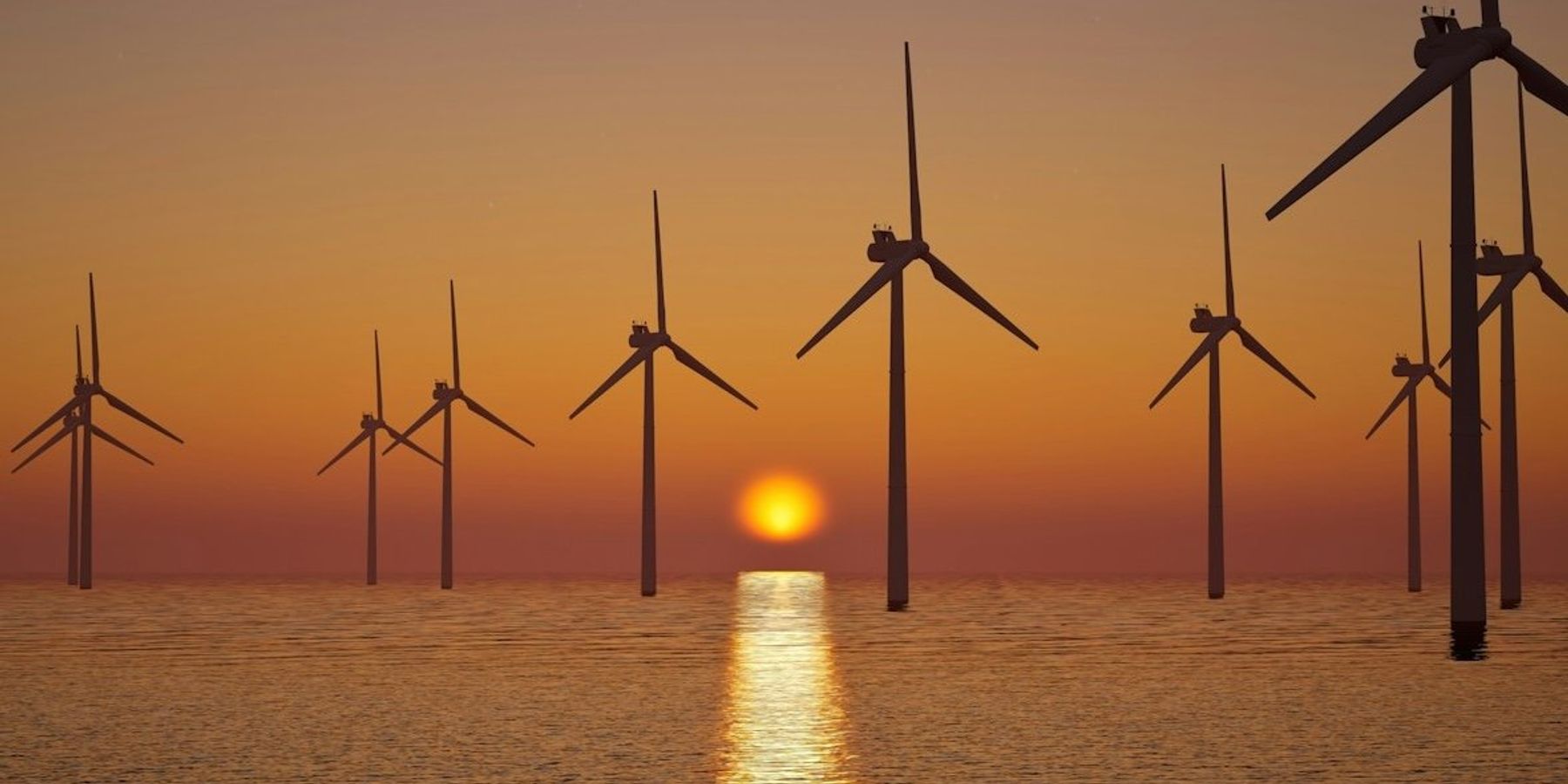Trump moves to speed AI growth by cutting environmental protections
The Trump administration announced plans Wednesday to fast-track AI infrastructure projects by easing environmental and land-use rules, igniting opposition from climate advocates.
Dharna Noor reports for The Guardian.
In short:
- The plan would exempt datacenters from parts of the National Environmental Policy Act and streamline Clean Water Act permitting, while rolling back Biden-era semiconductor subsidies tied to climate conditions.
- AI datacenters already consume vast energy and water; research projects U.S. demand could triple by 2028, equaling electricity use for 28 million households and water to fill over a million Olympic pools.
- More than 90 advocacy groups responded with a “people’s AI action plan,” calling for protections for public health and sustainable development rather than industry-led deregulation.
Key quote:
“Under this plan, tech giants get sweetheart deals while everyday Americans will see their electricity bills rise to subsidize discounted power for massive AI datacenters.”
— JB Branch, big-tech accountability advocate with Public Citizen
Why this matters:
AI datacenters draw enormous power and water, straining grids and ecosystems in ways that mirror heavy industry. Many facilities cluster near low-income and minority neighborhoods already hit by pollution from highways, refineries, and warehouses, compounding health risks such as asthma and heat stress. As AI adoption surges, its environmental footprint could rival that of older extractive sectors, yet oversight remains limited. Cutting federal safeguards could shift costs — in energy, water scarcity and public health — onto surrounding communities and taxpayers, while accelerating climate emissions at a moment when scientists warn deep cuts are needed to limit global warming.
Read more: Wall Street firms move to buy electric utilities as data centers drive energy demand













